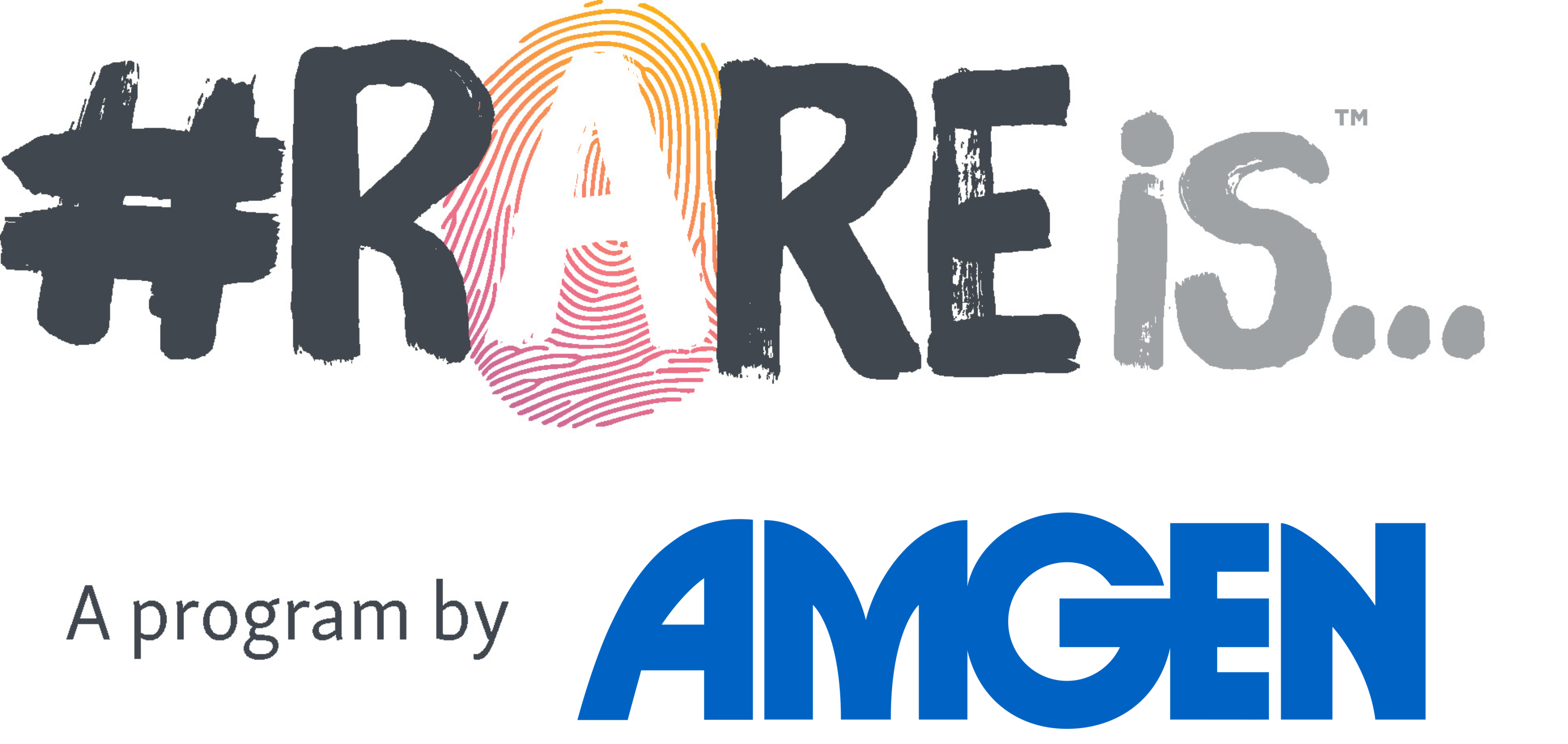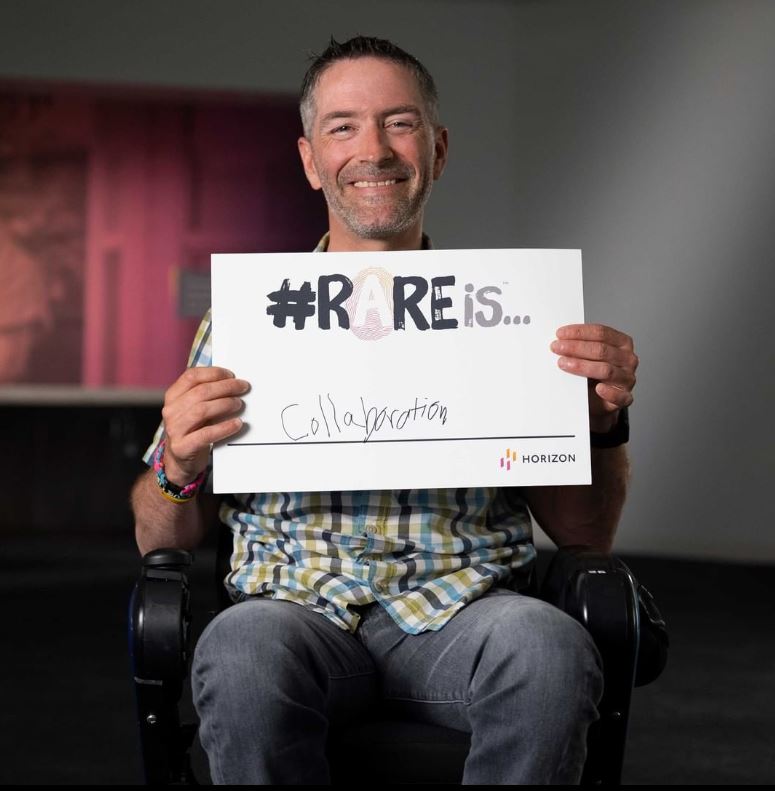Meet Kyle
The Need for Community
I was diagnosed at the age of 17 with Friedreich’s Ataxia (FA). After diagnosis, my immediate reaction was that my life was over. But that wasn’t true. Each day my family and I faced what was in front of us and then moved on to what was next, what was the next step.
I truly believe that community is the most important part of figuring out how this disease fits into your life. It’s empowering to be able to speak directly with other people who deeply understand the disease and are, therefore, more able to see the person. Because FA always comes with me, no matter where I go, that’s just the way it is, but FA is not me.
Passing it On
It’s an incredible feeling to be able to share my story and have the responsibility of representing so many people. I can speak to the 17-year-old Kyles out there who may be facing a diagnosis of FA and want to see a representation of what’s possible from where they are.
I’m proud of my job at the Friedreich’s Ataxia Research Alliance (FARA). As the founder and director of rideATAXIA, my team and I proudly produce family-friendly bike rides across the country to empower those with FA and raise funds for research through FARA. So far, we’ve raised over $10 million for FA research. And as the director of FARA’s Ambassador Program, I’m able to help welcome adults who live with FA and help them learn how they, too, can represent the community.
I also co-host a podcast called Two Disabled Dudes with my friend Sean, where we have authentic (and often humorous) conversations about living beyond our circumstances, no matter what those may be.
About Friedrich’s Ataxia
Friedreich’s ataxia is a debilitating, life-shortening, degenerative neuro-muscular disorder. Initial symptoms typically emerge between the ages of 10 and 15 years old and may include unsteady posture, frequent falling and progressive difficulty in walking due to ataxia. Ataxia is a group of disorders that are characterized by an unsteady gait caused by the failure of voluntary muscle coordination. It is estimated there are about 5,000 individuals affected with FA in the U.S., and 15,000 affected individuals worldwide.

